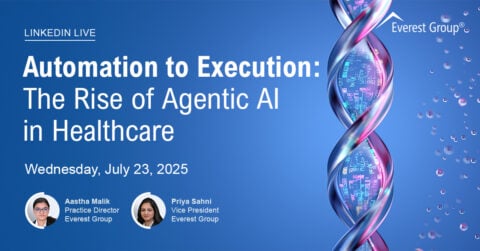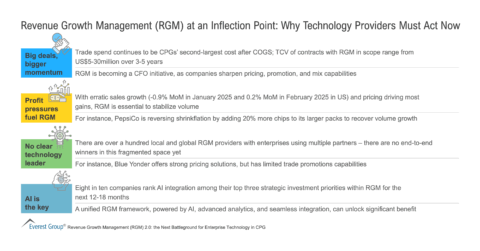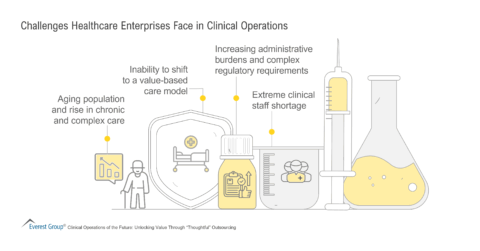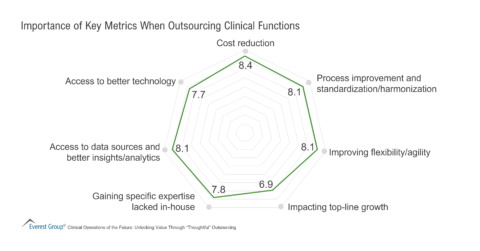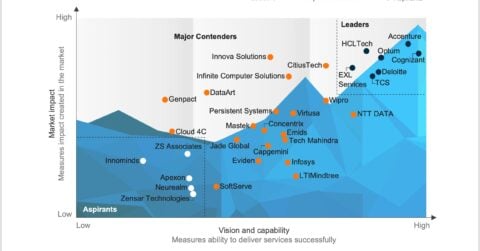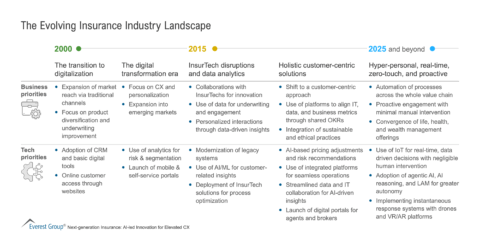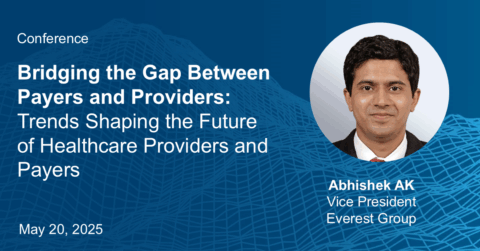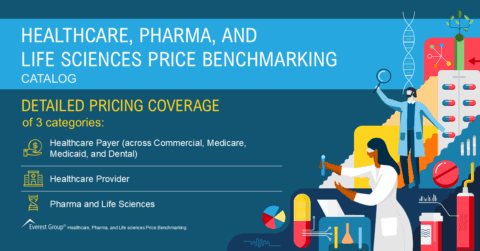Reimagine growth at Elevate – Dallas 2025. See the Agenda.
Filter
Displaying 1-10 of 354
August 21, 2025
11:00 am EST to 12:30 pm EST
Virtual Roundtable
1 hour 30 minutes
Automation to Execution: The Rise of Agentic AI in Healthcare | LinkedIn Live
July 23, 2025
9:00 a.m. CDT | 10:00 a.m. EDT | 3:00 p.m. BST | 7:30 p.m. IST
LinkedIn Live
1 hour
Sweet Solutions: Replacing and Reducing Sugar | Webinar
May 06, 2025
11:00 AM CST
1 hour, 30 minutes

